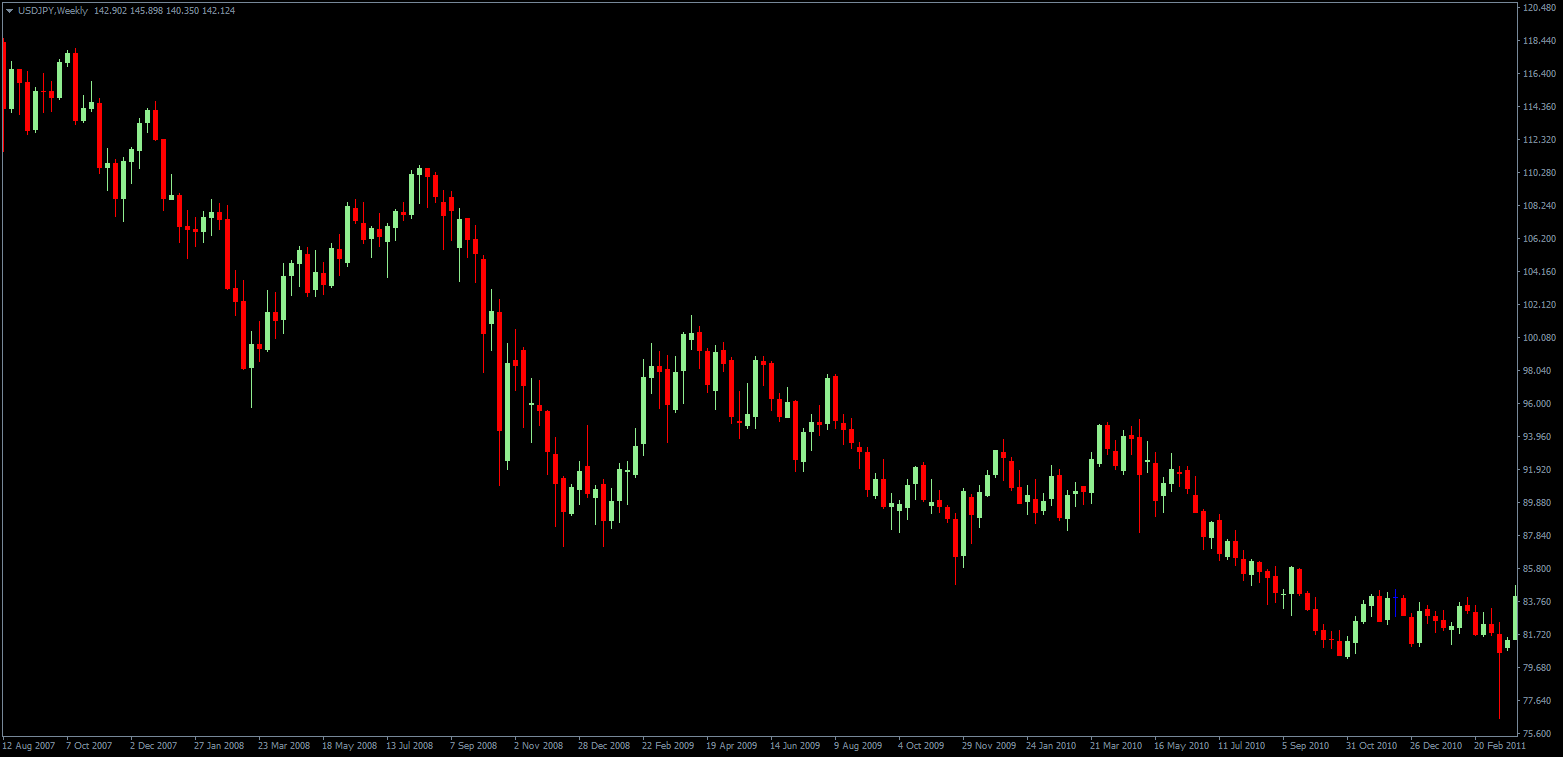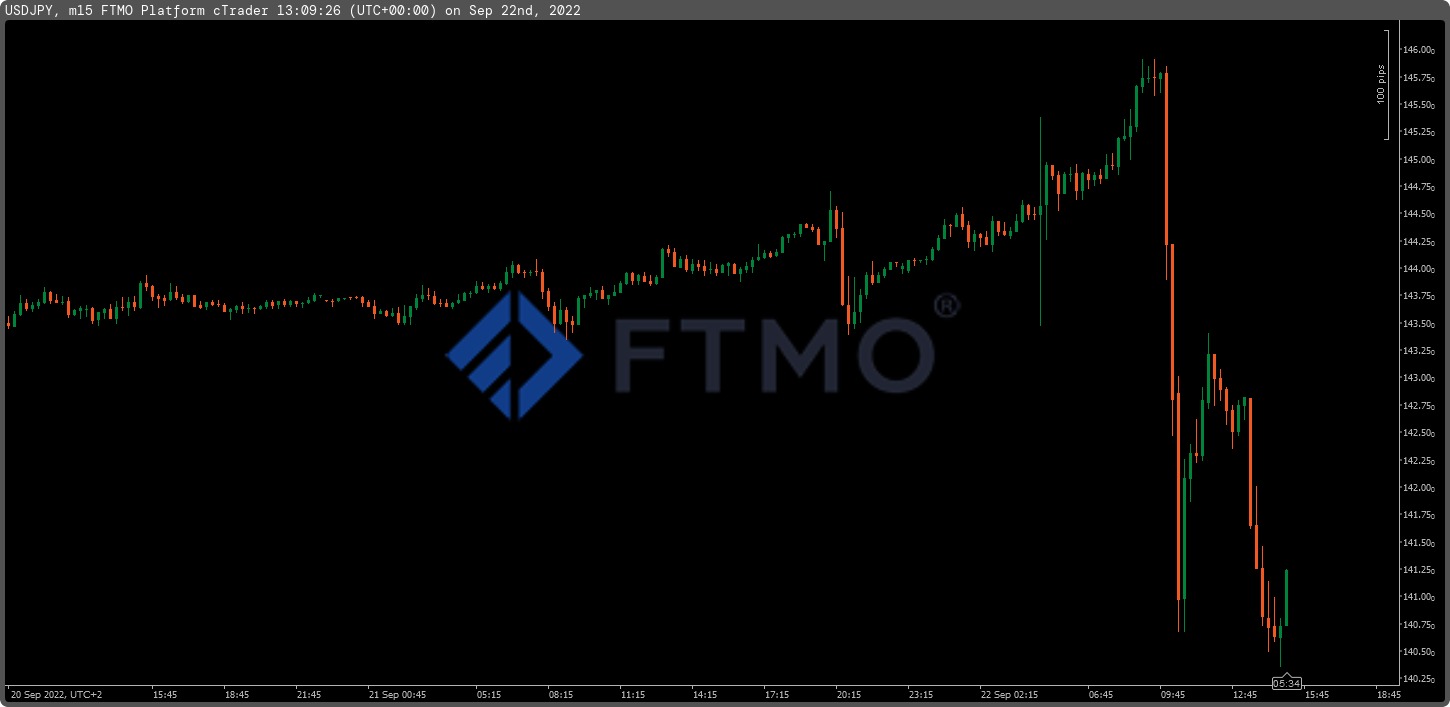
USDJPY - clash of two cultures, East and West
USDJPY is one of the most liquid and traded currency pairs. Why is this pair so popular among Forex traders, and why is it so volatile these days? This is what you will find out in today’s article.
The USDJPY currency pair has long been one of the most liquid pairs in the currency market and it is also the second most traded pair, with a share of around 13%. The US dollar itself is the most traded currency, appearing in over 80% of all Forex trades, with the Japanese yen being in third place, with a share of over 20%.
It is the currency pair of two economies that are among the world’s largest economies by GDP (with the US in the 1st place and Japan in the 3rd place) and also the world’s largest exporters (with the US in the 2nd place and Japan in the 4th place), so their influence on global trade is indeed significant.
Liquidity and low spreads
Another strength of this pair is that it is liquid both during the Asian session, when the Tokyo Stock Exchange influences the financial markets, and during the European and North American sessions, when New York dominates the financial markets. In addition, the high liquidity and low spreads are very attractive to traders and speculators who can trade this pair virtually non-stop.
An indicator of the global economy
The main attraction in the USDJPY pair for speculators and long-term investors is the interest rate differential between the US and Japan. Investors of this pair often make carry trades, where they borrow the currency of a low-interest rate country (JPY) and buy the currency of a high-interest rate country (USD). When they hold this currency pair for an extended period of time, they use positive swaps to their advantage. You could say that this is the currency equivalent of investing in dividend stocks.
Carry trades then lead to the appreciation of the high-interest currency, which in this case is the US dollar. We could see this, for example, in the aftermath of the Great Recession, when the US economy was doing well, and the central bank was raising rates rapidly, and we can still see it today.

JPY as a safe haven
However, with carry trades, we have to be careful that in times when the economy is not doing well and a crisis is looming, investors often buy currencies with lower interest rates, which in this case is the Japanese yen. Thanks to this, it is also considered to be a safe haven, i.e. an asset whose value increases in times of economic downturn. We saw this, for example, between 2007 and 2011, when the US housing bubble burst and the world’s largest economy experienced the Great Recession. At that time, the USDJPY pair fell (i.e. the Japanese yen strengthened) from around 120 to below 80 yen per dollar.

The problem with Japan’s currency is that the country has long struggled with too low inflation, and interest rates have been very low for a long time. Over the past two decades, inflation only briefly got above two per cent in 2014 but then it fell back to zero. Thus, Japanese investors cannot find interesting risk-free instruments on the domestic market and have to invest abroad, which only weakens the Japanese currency.
Another world, another culture
Today’s situation on the USDJPY currency pair is an excellent example of the difference between the economies and the cultures of the two countries. The U.S. has seen inflation rise after several years of quantitative easing and economic support, but, unfortunately, it has been lately getting out of hand. The Bank of Japan, on the other hand, has also practised an extremely loose policy and Q.E. in recent years, but the Japanese themselves have the deflationary environment so deeply encoded in them that inflation has been rising only very slowly. You can see this in wages, which have increased by tens of percentages over the last 20 years in the U.S. and Germany, but in Japan the average salary has fallen slightly over that time.
The risk of extreme fluctuations
After the U.S. Fed finally decided to move to raise rates in the spring and its monetary policy became increasingly aggressive (it increased the base rate by 0.75% to 3.25% in September 2022), the Bank of Japan has continued to pump billions of dollars into the economy without much result. Meanwhile, in the U.S., annual inflation jumped above 4% in May 2021 and has risen to record levels since then. In Japan, it only got above three per cent this August.
The Japanese yen is thus at the 24-year lows against the US dollar, and even though the BoJ already believes the weak yen is hurting the economy, central bankers have decided to keep rates at -0.1% in September 2022 (where they have been since early 2016). Instead of raising the rates, which may have a longer-term effect on events in the Forex market and the economy itself, the BoJ then opted for short-term interventions in the currency market. Naturally, these almost immediately affected the exchange rate, which aligns with the central bank’s ideas. The problem is that the Japanese central bankers do not want to talk about how they have intervened in the market, which, unfortunately, brings uncertainty to the markets and a significant increase in volatility, as we saw on 22 September 2022.

However, even such extremes with this pair are unlikely to have a negative impact on its popularity among investors and speculators in the currency market. It is still one of the most liquid and interesting instruments in the Forex market.
About FTMO
FTMO developed a 2-step Evaluation Process to find trading talents. Upon successful completion you can get an FTMO Account with a balance of up to $200,000. How does it work?.



